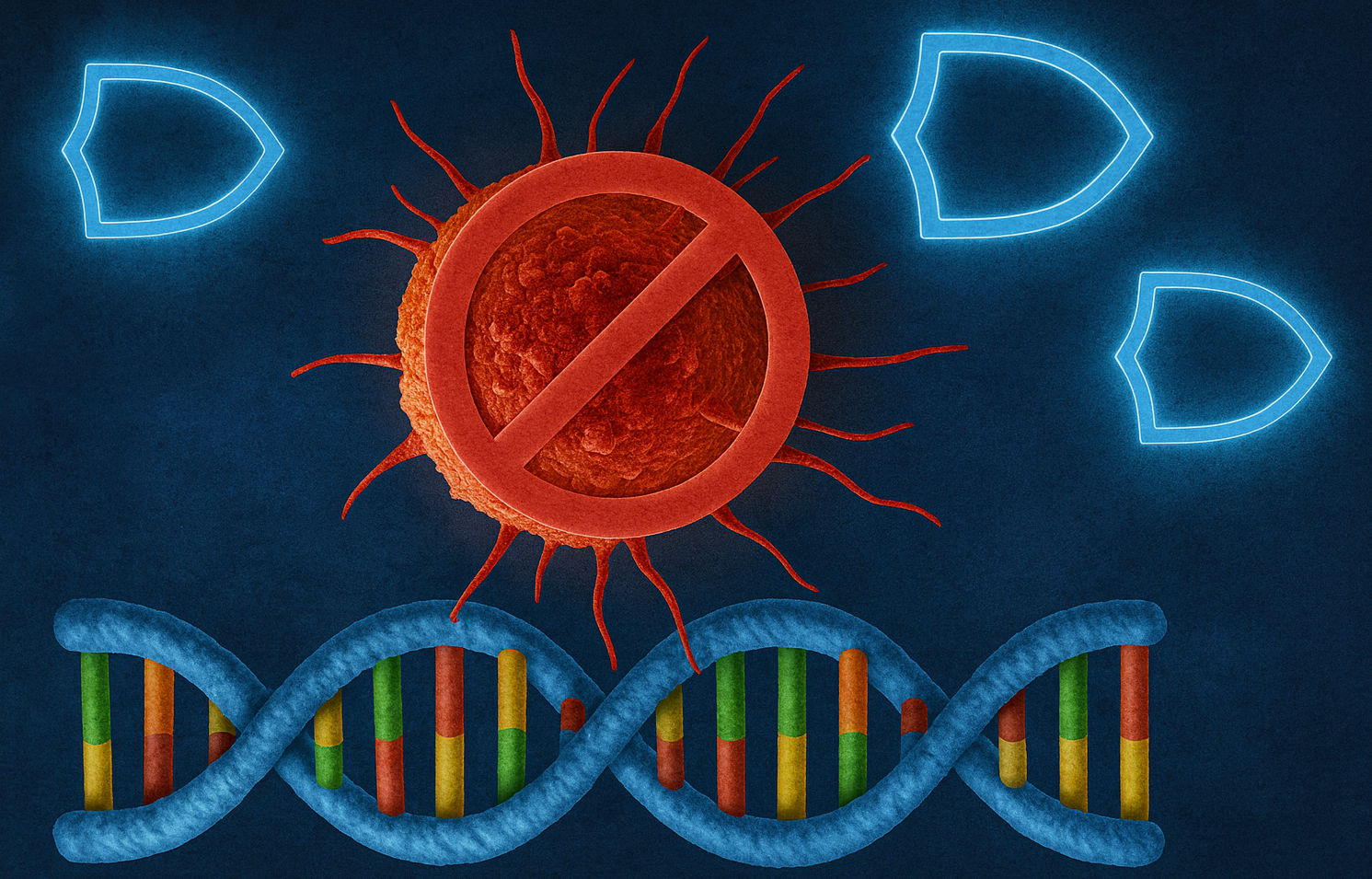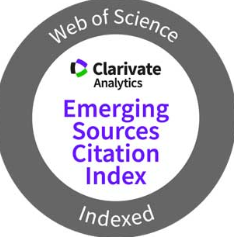Pan-cancer analysis of ACHE as a biomarker forcancer prognosis and immunotherapy
DOI:
https://doi.org/10.4238/z2qb9g57Keywords:
ACHE, Pan-cancer, Prognosis, Immune Infiltration, BioinformaticsAbstract
Background: ACHE belongs to the carboxylesterase family and is also classified as the acylhydrolase superfamily.It plays an important role in many cancers. Methods: Using TCGA multi-omics data, we employed R software and various online tools to analyze the differential expression of ACHE in 33 tumor tissues versus normal tissues, survival prognosis, immune infiltration, and potential biological functions. Results: ACHE affects the prognosis of multiple cancers and is closely associated with the tumor immune microenvironment and tumor immune cell infiltration. Thus, ACHE may serve as a prognostic biomarker for cancer. Conclusion: Comprehensive pancancer analysis identifies ACHE as correlated with immune infiltration and cancer prognosis in various tumors, suggesting its potential as a novel immune modulation target, and providing new insights for cancer treatment.




